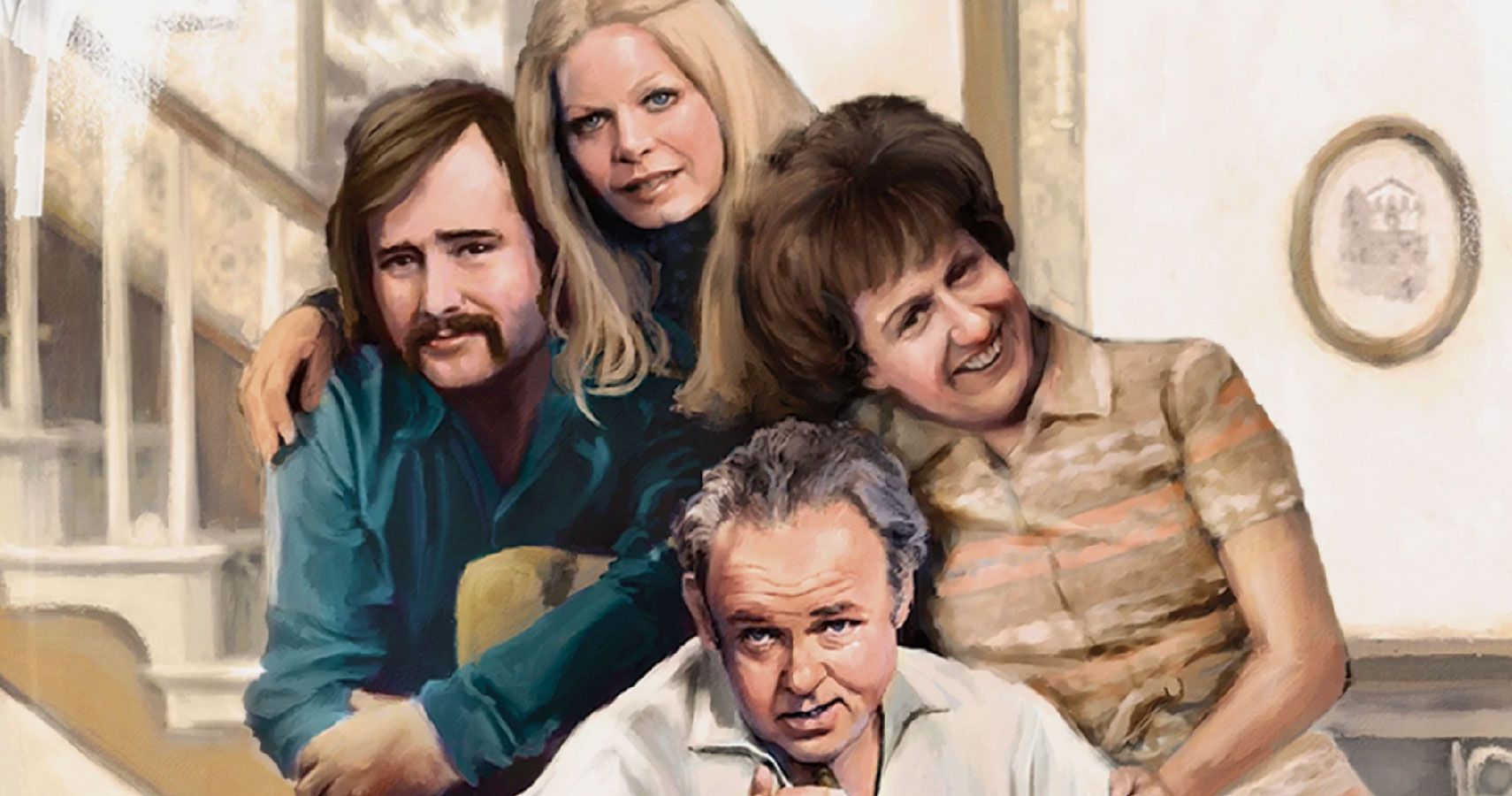
Imagine living in the same house your great-grandparents built—yet realizing that it has belonged to four different countries without ever being moved. Sounds like a movie plot, right? Well, this incredible true story proves that history isn’t just written in books—it’s built into the walls of one remarkable family home.
Nestled in the heart of Central Europe, this unassuming house has seen borders redrawn, empires fall, and nations reborn. For over 100 years, it has stood firm—its address changing on paper, but never in place.
The Beginning: When the World Looked Entirely Different
Back in the early 1900s, the region was part of the mighty Austro-Hungarian Empire. The house, built by a hardworking farmer named Josef, sat peacefully on rolling fields surrounded by dense forests. Life was simple—no one imagined that within a century, the home would “move” countries multiple times, all without budging an inch.
First Transformation: The Fall of the Empire (1918)
When World War I ended in 1918, the Austro-Hungarian Empire collapsed. New borders carved up Central Europe, and suddenly, Josef’s family found themselves citizens of a brand-new nation—Czechoslovakia.
The fields remained the same, the house unchanged, but the flag flying overhead was different. What used to be an empire became a patchwork of young nations finding their way in a new world.
A Quiet Life Under a New Flag
Despite the political shift, everyday life didn’t change much at first. Josef’s descendants farmed the same land, raised their children, and celebrated the same traditions. But as Europe moved closer to another global conflict, new challenges loomed over this quiet countryside.
Second Change: World War II and Nazi Occupation
By the late 1930s, tensions exploded. Germany annexed parts of Czechoslovakia, and once again, the family’s nationality changed overnight. The home, without moving a brick, was now under Nazi control.
For six long years, the family endured occupation, rationing, and fear. The world outside their windows was unrecognizable. Yet, through it all, the house stood strong—weathering not just bombs and soldiers, but history itself.
Post-War Rebirth: Welcome to the Soviet Era

After World War II, Europe was divided like a jigsaw puzzle. The home became part of the re-established Czechoslovakia, but with Soviet influence dominating the region. Life under communism was tough—private property was controlled, and freedom was limited—but the family refused to leave their ancestral home.
They adapted once more, turning their farmhouse into a place of quiet resilience amid political uncertainty.
Third Transition: The Velvet Divorce (1993)
Fast-forward to the early 1990s. The Soviet Union had fallen, and Czechoslovakia split peacefully into two nations: the Czech Republic and Slovakia. The border sliced through the countryside like an invisible scar—and fate, once again, played its trick.
The family home, standing just a few kilometers from the dividing line, now officially belonged to Slovakia. A new flag, a new passport—but the same walls, same rooms, same legacy.
A Fourth Flag: Modern Borders Shift Again
In the decades that followed, European borders stabilized. However, when the Schengen Area was formed and border agreements evolved, the family’s property—through a combination of historical quirks and survey updates—ended up being recognized as part of Hungary.
Without ever moving, their address had officially changed four times:
-
Austro-Hungarian Empire
-
Czechoslovakia
-
Slovakia
-
Hungary
Living History: A Family That’s Seen It All
Today, the great-grandchildren of Josef still live in that house. They joke that their home has had more passports than any of them. Inside, the walls bear silent witness to over a century of history—each crack in the plaster, each creaking floorboard a reminder of lives lived under shifting skies.
The Emotional Legacy of a Borderland Home
For many families, home is a place. For this family, it’s also a timeline. Generations have been born and raised within the same four walls, yet each generation grew up under a different nation’s flag.
Their story is more than just a curiosity—it’s a living lesson about identity, resilience, and belonging. They didn’t choose to move; history moved around them.
How Borders Redefined, But Never Broke Them
Borders often divide people, but in this family’s story, they unite them. While political lines shifted, the family’s sense of home stayed intact. Their unity, humor, and attachment to the land kept them grounded—literally and spiritually.
This is a powerful metaphor for human endurance: we adapt, but we don’t lose our roots.
A Tourist Attraction Without Trying
In recent years, the story of this home has drawn travelers, historians, and journalists from around the world. Tour guides jokingly call it “the house that moved without moving.”
Visitors are struck not just by the historical facts, but by the symbolism: a reminder that the world changes constantly, but some things—like love for one’s home—are timeless.
The Architecture That Withstood It All
Despite wars, shifting borders, and modernization, the structure itself remains largely unchanged. Built with hand-cut stone and timber, its design reflects early 20th-century rural craftsmanship. Over the years, small updates were added—electricity, plumbing, insulation—but its core remains original.
It’s a living artifact, a bridge between eras.
A Metaphor for Stability in an Unstable World
In a century filled with chaos, this house symbolizes steadiness. Think of it as a tree: seasons come and go, storms rage and pass, but its roots hold firm. The family’s story reminds us that while flags can change overnight, the essence of “home” is eternal.
Why This Story Captures Hearts Worldwide
People are fascinated because it blends history, identity, and humanity in one extraordinary tale. It’s about survival—not through heroics, but through endurance. The story strikes a universal chord: we all crave stability in a world that’s constantly in motion.
The Future of the House That Never Moved
As the world grows increasingly digital, this home stands as a quiet monument to what endures. The family plans to preserve it as a living museum, showcasing artifacts from each “era” of its existence. Imagine stepping into a single home and experiencing four nations’ worth of history—without ever crossing a border.
Conclusion: A Home Beyond Borders
This remarkable family’s story is more than a historical footnote—it’s a testament to resilience. Their house didn’t just survive wars, political upheavals, and shifting boundaries—it thrived through them.
It’s a symbol of continuity in a world defined by change. While flags come and go, home remains where the heart—and history—live on.
